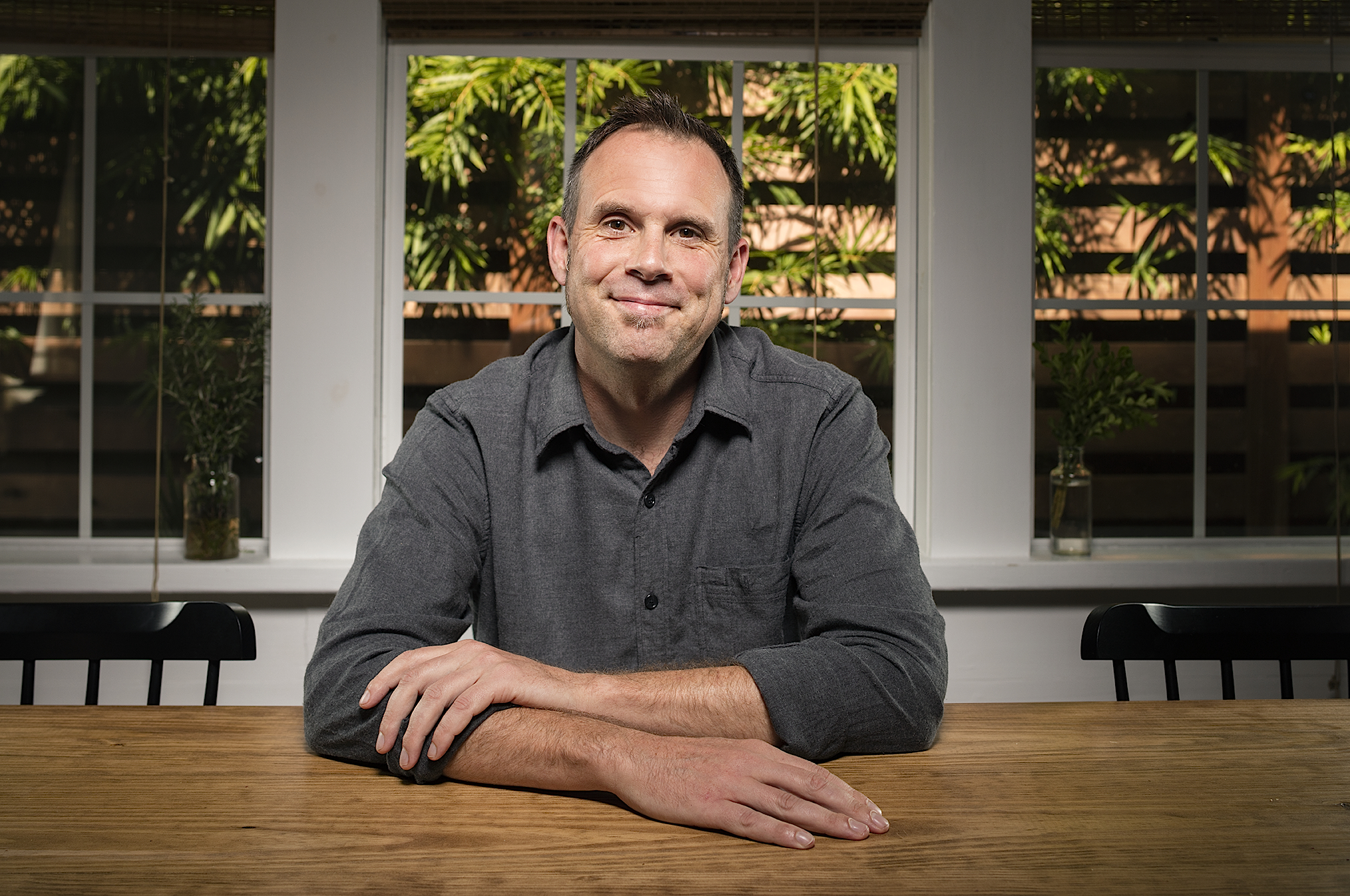How to Stop Teasing and Bullying: Finding a Common Image
When I was eight years old, a kid named Raymond used to bully me on a daily basis. Now, to be sure, I did not know that he was bullying me — all I knew was that I was afraid of him. As far as I knew, we were friends and our friendship included lots of threats and strong language on his part — as well as avoidance and fast-talking on my part.
Years later, when I was teaching second grade, I realized that I had been bullied. Raymond never physically hurt me, but I had been terrified of him and he had used that terror to his benefit.
I also learned that I had played my own part in the dynamic. I went along with it: I joked with him, I told him it was “fine,” and I even invited him to my birthday party.
I learned that this was not unusual behavior. In fact, it is a common dynamic between the bully and the bullied. This can be one reason why behavior like this keeps on happening — over and over, sometimes for years.
But the thing I learned that impressed me the most — the thing I learned that is key to solving any bullying dynamic — was about neither the bully nor the bullied. It was about the community.
I learned that most bullying and teasing happens in an environment that is open to bullying and teasing, kind of like how a virus grows in an organism that is open to that growth. If a community looks the other way or tacitly allows bullying to take place, that dynamic will flourish. The teacher or community leader may succeed in snuffing it out temporarily, but if the community is still passive and open, it will return.
If, however, the community has the tools to stop the bullying and makes it clear that there is no room for bullies in that space, then the bullying stops. It stops immediately — and it does not return.
So how do we give the community these tools?
We in Sparkle Land believe it is best to start with stories. Stories give children a common image — something that demonstrates the bullying dynamic in play, the moment in which the dynamic is stopped, and then the healing of the community around the dynamic.
For instance, in the Junkyard Tales story “Buster: A Story about Bullying,” we are introduced to a badger named Buster who is in the habit of teasing of Zippy, the porcupine. Zippy talks about this behavior with his friend Ben (the clever cat) who then tells Sergeant (the Junkyard watchdog and community leader). Sergeant calls a meeting during which the community takes up the concern as a community problem — a problem that needs everyone’s help to solve it. And they do.
Together, the community goes to Buster, talks with him about the behavior, and makes room for Buster to represent himself. After some mutually respectful talking and listening, the community lays out a very clear standard: teasing and bullying are not tolerated in the Junkyard.
When a group of children hears a story like this, they can picture Buster and Zippy. They cantake a cue from Sergeant on how to handle it. They now have a common image and a common solution — and now, establishing a “classroom policy” will be much more effective.
In this video, David has tips on how to use our stories within the context of bullying and teasing:
Different social therapists and scholars have varying opinions on how to mediate a bullying dynamic. I have found the work of Kim John Payne to be very empathetic and effective. But regardless of the path you take as a parent, educator, or community leader, I highly recommend starting with a story. It gives context and offers modeling — and in my experience, it connects on a much deeper level than any lecture or rule. It goes to the heart first. And with children, we find it is always best to start there.
You can go to this playlist to find more stories that touch on teasing a bullying and see which ones are most appropriate for you child. After listening, I encourage you to wait until your child has ‘digested’ the narrative and then comes to you ready to talk. You might learn something surprising or you might get confirmation of what you suspected. Then consider the resources below as you make a plan to effectively yet consciously end any teasing and bullying in your world.
Other Resources on Bullying:
About the authors
-

David Sewell McCann
Story SpinnerDavid Sewell McCann fell in love with spinning stories in first grade – the day a storyteller came to his class and captured his mind and imagination. He has been engaged in storytelling all of his adult life through painting, film-making, teaching and performing. Out of his experience as a Waldorf elementary class teacher and parent, he has developed a four step method of intuitive storytelling, which he now shares through workshops and through this website.



